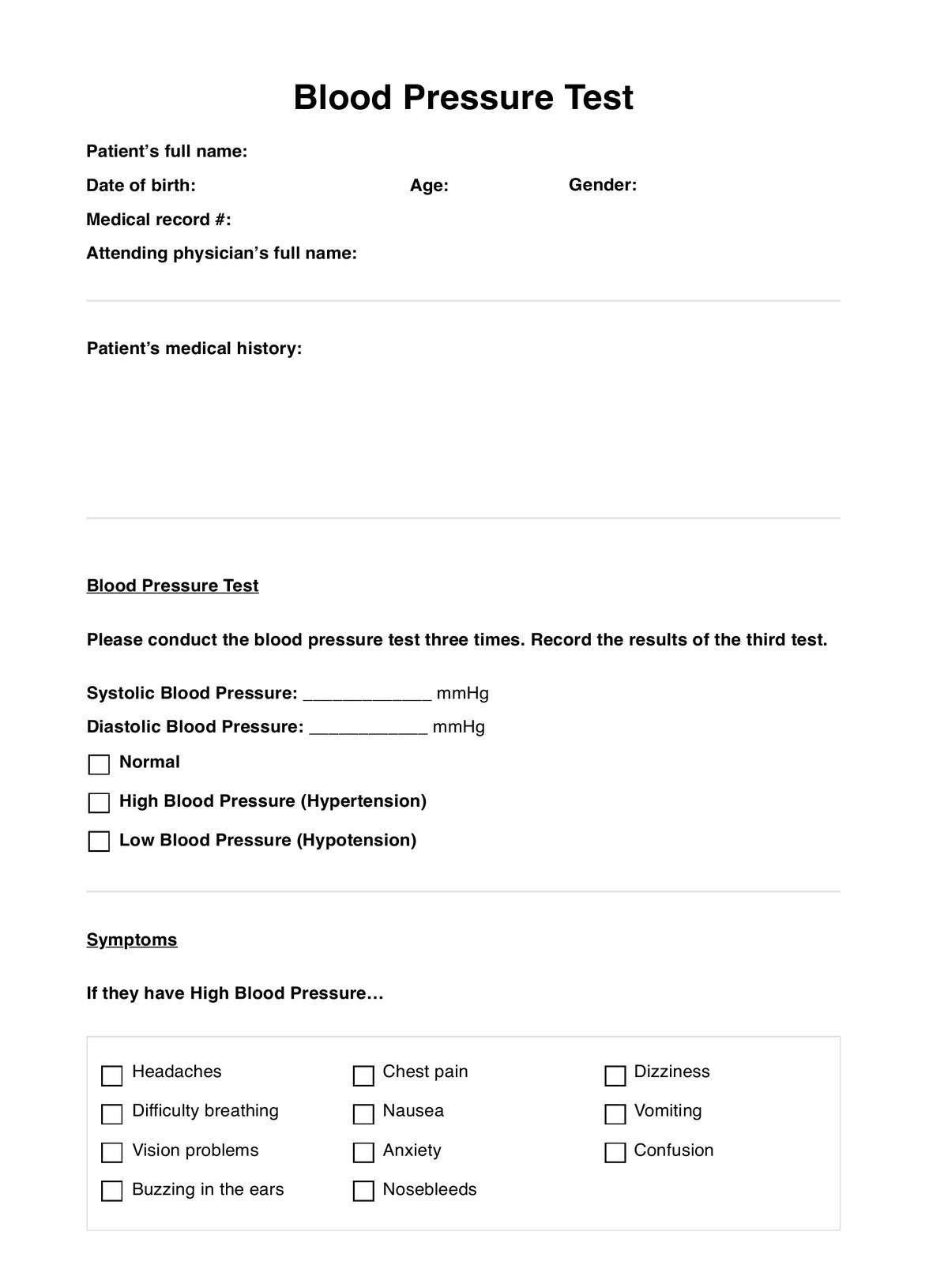Moving while taking the test, talking while taking the test, stress, anxiety, drinking coffee several minutes before the test, eating food several minutes before the test, and smoking several minutes before the test can affect blood pressure test readings.












